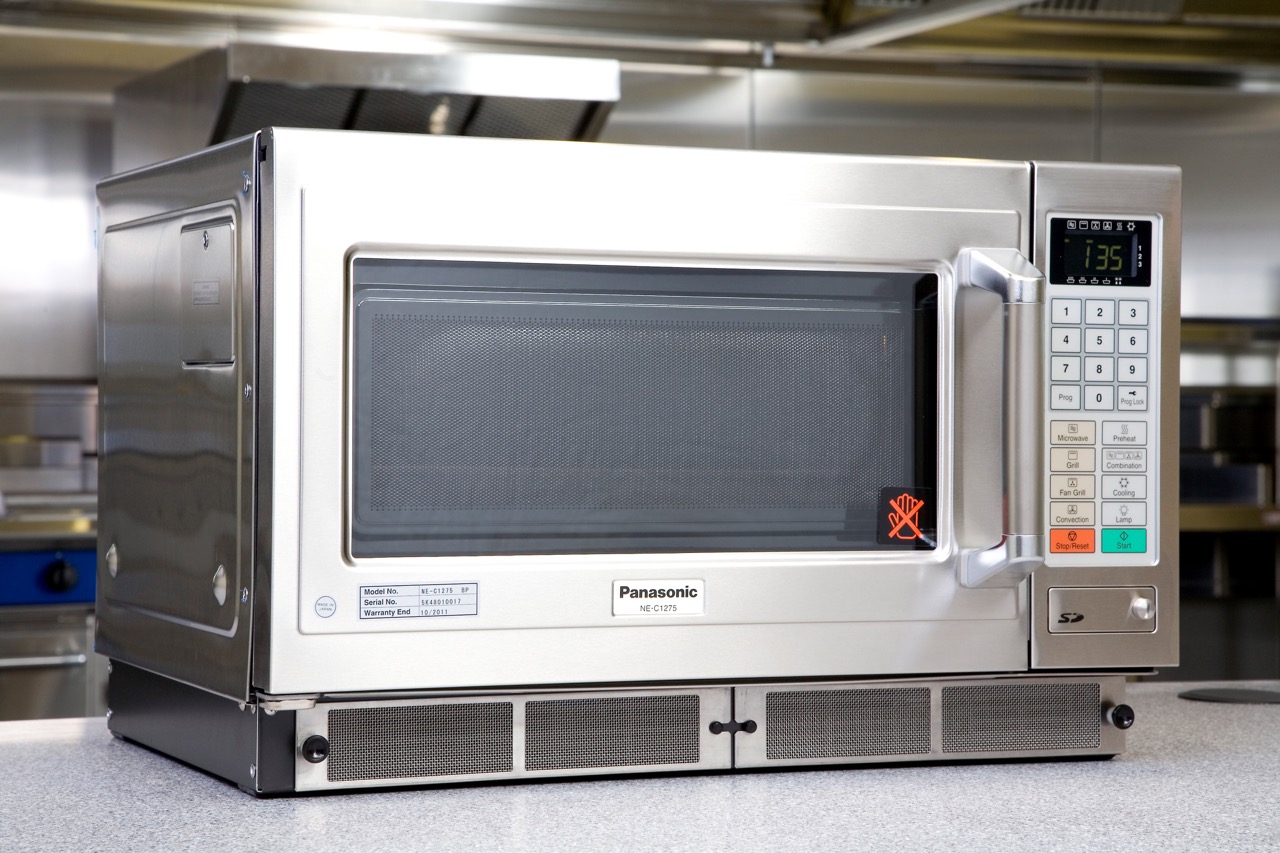

Articles
What Is A Combination Microwave Oven
Modified: January 6, 2024
Discover the benefits and versatility of combination microwave ovens in our informative articles. Learn how to make the most of your cooking experience!
(Many of the links in this article redirect to a specific reviewed product. Your purchase of these products through affiliate links helps to generate commission for Storables.com, at no extra cost. Learn more)
Introduction
A combination microwave oven is a versatile kitchen appliance that combines the functionality of both a microwave oven and a traditional oven. It offers a convenient and efficient way to cook, bake, roast, and grill a wide variety of dishes. With its compact size and multiple cooking options, a combination microwave oven is a popular choice for modern households.
In this article, we will explore the definition, working principles, advantages, and disadvantages of using a combination microwave oven. We will also discuss the common features and functions of these appliances, the differences between combination microwave ovens and standard microwaves, and the factors to consider when purchasing one. Lastly, we will provide some useful tips for proper use and maintenance.
Key Takeaways:
- Versatile and Efficient Cooking
Combination microwave ovens offer a wide range of cooking options, from quick reheating to baking, roasting, and grilling. With fast cooking times and multiple functions, they provide convenience and versatility for modern kitchens. - Considerations for Choosing
When selecting a combination microwave oven, factors such as cooking functions, size, power level, and additional features should be carefully evaluated. Proper use and maintenance, along with understanding the advantages and disadvantages, are essential for maximizing the appliance’s benefits.
Definition and Overview of Combination Microwave Oven
A combination microwave oven is a kitchen appliance that combines the fast heating capabilities of a microwave oven with the baking and grilling abilities of a traditional oven. It is designed to offer the convenience of quick and easy cooking while also providing the versatility to handle a wide range of cooking tasks.
Combination microwave ovens typically feature a microwave function, a convection oven function, and a grill function. Some models may also include additional features such as steam cooking or defrosting. These appliances come in various sizes, designs, and power levels to suit different cooking needs and kitchen spaces.
Combination microwave ovens are equipped with an intuitive control panel that allows users to easily select the desired cooking mode, temperature, and time settings. They also often have pre-programmed cooking functions and sensor technology to automatically adjust power levels and cooking times for optimal results.
How Combination Microwaves Work
A combination microwave oven combines different cooking methods to provide versatile cooking options. When using the microwave function, the appliance generates electromagnetic waves that excite the water molecules in the food, causing them to vibrate and generate heat. This rapidly heats and cooks the food from the inside.
The convection oven function utilizes heating elements and a fan to circulate hot air throughout the oven cavity. This allows for even baking, roasting, and grilling as the hot air evenly distributes heat around the food. The grill function, on the other hand, activates the heating element placed near the top of the oven cavity to provide direct heat, resulting in the browning and crisping of the food’s surface.
Combination microwave ovens often offer the option to use multiple cooking methods simultaneously for more advanced cooking techniques. For example, you can use the convection oven and grill functions together to roast a chicken with a crispy skin, or combine the microwave and grill functions to quickly melt cheese on top of a dish.
Key Takeaways:
- Versatile and Efficient Cooking
Combination microwave ovens offer a wide range of cooking options, from quick reheating to baking, roasting, and grilling. With fast cooking times and multiple functions, they provide convenience and versatility for modern kitchens. - Considerations for Choosing
When selecting a combination microwave oven, factors such as cooking functions, size, power level, and additional features should be carefully evaluated. Proper use and maintenance, along with understanding the advantages and disadvantages, are essential for maximizing the appliance’s benefits.
Definition and Overview of Combination Microwave Oven
A combination microwave oven is a versatile kitchen appliance that combines the functionality of both a microwave oven and a traditional oven. It offers a convenient and efficient way to cook, bake, roast, and grill a wide variety of dishes. With its compact size and multiple cooking options, a combination microwave oven is a popular choice for modern households.
Combination microwave ovens are designed to provide the best of both worlds. They utilize microwave technology to quickly heat and cook food, while also offering the baking and grilling capabilities of a traditional oven. This makes them ideal for those who want fast cooking times without compromising on taste and texture.
These appliances are available in various sizes, ranging from compact countertop models to larger built-in options. They come with a range of features and functions to suit different cooking needs and preferences.
One of the key features of a combination microwave oven is its microwave functionality. This allows for fast and convenient cooking, particularly useful for reheating leftovers or cooking pre-packaged meals. The microwave function utilizes electromagnetic waves to agitate water molecules in the food, resulting in rapid heating. It is a quick and efficient way to cook or heat up food, saving time and energy.
In addition to the microwave function, combination microwave ovens also have the ability to bake, roast, and grill. They are equipped with heating elements and a fan to circulate hot air evenly within the oven cavity, ensuring even cooking and browning of food. The grill function activates a heating element placed near the top of the oven cavity, allowing for direct heat to give food a crispy and browned exterior.
Many combination microwave ovens also come with additional features such as convection cooking, steam cooking, and defrosting. Convection cooking uses the fan and heating elements to circulate hot air, resulting in faster cooking times and more even heat distribution. Steam cooking utilizes the addition of steam to retain moisture and enhance flavor, while defrosting functions help thaw frozen food quickly and safely.
With a combination microwave oven, users can choose from a variety of cooking modes and settings depending on their specific needs. Most models have a user-friendly control panel, allowing for easy selection of cooking functions, temperature, and time settings. Some ovens also offer pre-programmed settings or sensor technology, which automatically adjust the cooking parameters for optimal results.
Overall, a combination microwave oven is a versatile and efficient kitchen appliance that offers the convenience of microwave cooking, as well as the ability to bake, roast, and grill. It is a space-saving solution that allows for faster cooking times and a wide range of cooking options, making it an essential tool in modern kitchens.
How Combination Microwaves Work
A combination microwave oven combines different cooking methods to provide versatile cooking options. When using the microwave function, the appliance generates electromagnetic waves that excite the water molecules in the food, causing them to vibrate and generate heat. This rapidly heats and cooks the food from the inside.
The convection oven function utilizes heating elements and a fan to circulate hot air throughout the oven cavity. This allows for even baking, roasting, and grilling as the hot air evenly distributes heat around the food. The grill function, on the other hand, activates the heating element placed near the top of the oven cavity to provide direct heat, resulting in the browning and crisping of the food’s surface.
Combination microwave ovens often offer the option to use multiple cooking methods simultaneously for more advanced cooking techniques. For example, you can use the convection oven and grill functions together to roast a chicken with a crispy skin, or combine the microwave and grill functions to quickly melt cheese on top of a dish.
When using the microwave function, the appliance emits electromagnetic waves called microwaves. These microwaves are absorbed by the water molecules present in the food. As the water molecules absorb the microwaves, they start to vibrate rapidly. This vibration creates friction, which generates heat. The heat produced by the vibrating water molecules cooks the food from the inside out. This makes microwaving an efficient and fast cooking method, as it does not rely on preheating time.
The convection oven function in a combination microwave utilizes heating elements located on the top and bottom of the oven cavity, as well as a fan. When the convection mode is activated, the heating elements are turned on and the fan starts to circulate hot air throughout the oven. This hot and circulating air ensures even heat distribution, making it ideal for baking, roasting, and even cooking multiple items at once.
The grill function in a combination microwave directs heat from a heating element placed near the top of the oven cavity. This provides direct heat to the food, resulting in browning and crisping of the surface. The grill function is particularly useful for making dishes like grilled vegetables, crispy pizzas, or browning the top of casseroles.
Combination microwave ovens allow users to select the desired cooking method or a combination of methods, depending on the dish being prepared. For example, you could utilize the convection function for baking a cake, then switch to the grill function to achieve a golden crust on a gratin dish. The ability to combine cooking methods in a single appliance offers flexibility and convenience in the kitchen.
Overall, combination microwave ovens work by combining the quick and efficient cooking of microwaves with the even heat distribution of a convection oven and the direct heat provided by the grill function. This combination of cooking methods allows for versatile and efficient cooking, making it a valuable addition to any kitchen.
Read also: 15 Best Microwave Oven Combination for 2024
Advantages of Using a Combination Microwave Oven
Combination microwave ovens offer numerous advantages that make them a popular choice for many households. Here are some of the key benefits of using a combination microwave oven:
- Versatile Cooking: One of the biggest advantages of a combination microwave oven is its versatility. It allows you to not only reheat leftovers quickly but also bake, roast, grill, and even steam a wide variety of dishes. With multiple cooking functions in one appliance, you can easily experiment with different recipes and expand your culinary repertoire.
- Time and Energy Efficiency: Combination microwave ovens are known for their fast cooking times, thanks to the microwave function. They can cook food up to four times faster than conventional ovens, which can be a huge time-saver, especially for busy individuals. Additionally, using a combination microwave oven consumes less energy than using separate appliances, making it an energy-efficient choice for your kitchen.
- Space-Saving Design: Combination microwave ovens are compact in size, making them an excellent space-saving solution for small kitchens or apartments. By combining the functionalities of a microwave and an oven in one appliance, you can free up valuable countertop or cabinet space that would otherwise be taken up by separate appliances.
- Even Cooking and Browning: With the convection oven and grill functions, combination microwave ovens provide even heat distribution and browning. The fan and heating elements ensure that the hot air circulates evenly around the food, resulting in perfectly cooked and browned dishes. This helps you achieve professional-quality results without the need for a separate oven or grill.
- Preservation of Nutrients: The microwave function in a combination microwave oven preserves the nutritional value of the food by cooking it quickly and without the need for excessive water or oils. This means that vitamins and minerals in the food are better retained compared to other cooking methods that may involve longer cooking times or higher temperatures.
- Convenience and Ease of Use: Combination microwave ovens are designed with user-friendly controls, making them easy to operate. They often come with pre-programmed settings for common cooking tasks, such as defrosting or reheating specific food items. Some models also have sensor technology that automatically adjusts cooking times and power levels based on the food’s moisture or weight, taking the guesswork out of cooking.
- Multiple Cooking Methods Simultaneously: Combination microwave ovens allow you to use multiple cooking methods at the same time, opening up a world of cooking possibilities. For example, you can use the microwave function for quick defrosting, while simultaneously using the grill function to give your food a crispy finish. This flexibility allows for efficient multi-tasking in the kitchen.
Overall, a combination microwave oven provides convenience, versatility, and efficient cooking, making it an excellent addition to any kitchen. With its compact size and multiple functions, it is especially well-suited for small households, busy individuals, or anyone looking to simplify their cooking process without sacrificing taste or quality.
Disadvantages of Using a Combination Microwave Oven
While combination microwave ovens offer a range of benefits, they also come with some potential drawbacks. Here are a few disadvantages to consider when using a combination microwave oven:
- Limited Capacity: One of the main disadvantages of combination microwave ovens is their relatively small capacity compared to traditional ovens. The compact size may restrict the amount of food that can be cooked at once, making them less ideal for cooking large portions or for households with many people to feed. It’s important to carefully assess your cooking needs and consider the capacity of the oven before purchasing one.
- Complexity in Cooking: Combination microwave ovens can be more complex to use compared to standard microwaves or traditional ovens. With multiple functions and settings, there may be a learning curve to understand and navigate through the various options. Some users may find it challenging to determine the appropriate cooking time and temperature settings for different recipes, requiring experimentation and adjustment.
- Uneven Heating: While combination microwave ovens utilize convection technology for even heat distribution, there can still be instances of uneven heating. This is especially true when using multi-function modes or when cooking larger or thicker food items. It’s important to rotate or rearrange the food during the cooking process to ensure even cooking and prevent certain areas from overcooking or undercooking.
- Potential for Overcooking: The speed at which combination microwave ovens cook food can sometimes lead to overcooking if not monitored closely. The powerful microwave function, combined with the other cooking methods, can result in food becoming dried out or overheated if proper attention is not given to cooking times and power levels. It’s essential to regularly check the food and adjust cooking settings accordingly.
- Limited Baking Performance: Although combination microwave ovens offer baking capabilities, they may not provide the same level of performance as a dedicated traditional oven. Baking delicate items such as pastries or cakes can be more challenging due to the differences in heat distribution and the presence of moisture from the microwave function. Achieving precise and consistent results may require some practice and recipe adjustments.
- Higher Cost: Combination microwave ovens tend to be more expensive compared to standard microwave ovens or standalone traditional ovens. The additional features, functions, and technology incorporated into combination microwave ovens contribute to the higher price point. It’s important to budget accordingly and consider the long-term benefits and value it will provide for your cooking needs.
Despite these disadvantages, many households still find combination microwave ovens to be a valuable and convenient kitchen appliance. Careful consideration of your cooking requirements and an understanding of the potential limitations will help you determine if a combination microwave oven is the right choice for you.
When using a combination microwave oven, be sure to follow the manufacturer’s guidelines for combining microwave and convection cooking to ensure even and efficient cooking results.
Common Features and Functions of Combination Microwaves
Combination microwave ovens come with a variety of features and functions to enhance your cooking experience. Here are some of the common features you can find in these appliances:
- Microwave Function: All combination microwave ovens include a microwave function, allowing you to quickly heat or cook food using electromagnetic waves. This function is ideal for reheating leftovers or cooking pre-packaged meals in a fraction of the time compared to traditional cooking methods.
- Convection Oven Function: The convection oven function is a key feature in combination microwave ovens. It utilizes heating elements and a fan to circulate hot air throughout the oven cavity, ensuring even baking, roasting, and grilling. This function allows you to achieve crisp and golden exteriors while retaining moisture and tenderness inside the food.
- Grill Function: Combination microwave ovens often include a grilling option, which activates a heating element located near the top of the oven cavity. This function is perfect for achieving a nice crispy and browned surface on dishes such as grilled vegetables, sandwiches, or melting cheese on top of casseroles.
- Combination Cooking: One of the primary advantages of combination microwave ovens is the ability to utilize multiple cooking methods simultaneously. This feature allows you to combine microwave, convection, and grill functions to cook dishes more efficiently and with enhanced flavor and texture. For instance, you can use the microwave and grill functions together to quickly cook and brown a chicken dish.
- Pre-set Programs: Many combination microwave ovens come with pre-set programs for a variety of dishes. These programs automatically determine the optimal cooking time, temperature, and power level for specific types of food, making cooking even more convenient. Popular pre-set programs may include options for popcorn, beverages, pizza, baked potatoes, and more.
- Sensor Cooking: Some combination microwave ovens feature sensor cooking technology that automatically adjusts cooking time and power level based on the food’s moisture or weight. This eliminates the need for manual adjustments and ensures precise and consistent results, particularly for reheating or defrosting various food items.
- Temperature Control: Combination microwave ovens usually offer temperature control settings, allowing you to adjust the cooking temperature according to the needs of your recipe. This feature is especially useful for baking, as it allows you to fine-tune the heat to achieve the desired result for delicate pastries or bread.
- Multiple Power Levels: Combination microwave ovens provide multiple power levels for the microwave function. This allows you to adjust the intensity of the microwaves depending on the food being cooked or reheated. Higher power levels cook food faster, while lower power levels are ideal for gentle cooking or defrosting.
- Child Safety Lock: To ensure safety in households with children, combination microwave ovens often come equipped with a child safety lock feature. This function disables the control panel and prevents accidental operation, offering peace of mind when children are around the kitchen.
- Easy-to-Clean Interiors: Many combination microwave ovens have interior surfaces that are designed to be easy to clean. They may feature non-stick coatings or smooth stainless steel interiors that resist staining and make wiping away spills and splatters a breeze.
These are just some of the common features and functions you can expect to find in a combination microwave oven. As you explore different models, consider which features are most important for your cooking needs and preferences, and choose an appliance that offers the right combination of functions to enhance your culinary endeavors.
Differences Between Combination Microwave Ovens and Standard Microwaves
While combination microwave ovens and standard microwaves both use microwave technology for cooking, there are several key differences between the two types of appliances. Here are the main distinctions to consider:
- Functions: The primary difference between combination microwave ovens and standard microwaves is the number of functions they offer. A standard microwave is solely designed for quick heating and cooking using microwaves. In contrast, a combination microwave oven combines the functionality of a microwave with additional cooking methods such as baking, roasting, grilling, and sometimes even steaming or defrosting.
- Cooking Capabilities: Combination microwave ovens offer a broader range of cooking capabilities compared to standard microwaves. They allow you to brown, crisp, and achieve a variety of textures on your food through the use of convection and grill functions. Standard microwaves are limited to the microwave cooking method, making them more suitable for simple tasks like reheating leftovers or cooking pre-packaged meals.
- Size and Capacity: Combination microwave ovens are typically larger in size compared to standard microwaves. This is because they need to accommodate the additional cooking functions and features. Standard microwaves are generally more compact and are designed for countertop use. When considering size and capacity, it’s important to assess your cooking needs and available kitchen space.
- Price: Combination microwave ovens are generally more expensive than standard microwaves. The added functionality and features of combination microwave ovens contribute to the higher price point. Standard microwaves, on the other hand, are more budget-friendly and offer a cost-effective option for basic microwave cooking needs.
- Complexity: Combination microwave ovens can be more complex to use compared to standard microwaves. With multiple cooking functions, temperature settings, and cooking modes, there may be a learning curve to understand and navigate through the various options. Standard microwaves, however, are typically straightforward and simple to operate, allowing for quick and easy microwave cooking.
- Cooking Time: Combination microwave ovens generally offer faster cooking times compared to standard microwaves. This is because they combine the quick heating capabilities of microwaves with additional cooking methods that provide faster and more even cooking. Standard microwaves may take longer to cook or heat food, depending on the desired outcome.
- Versatility: Combination microwave ovens offer greater versatility in cooking options compared to standard microwaves. With the ability to bake, roast, grill, and more, they provide a wider range of cooking possibilities, allowing you to experiment with various recipes and techniques. Standard microwaves, while limited to microwave cooking, are still versatile for reheating, defrosting, and basic cooking tasks.
Considering these differences, it’s important to assess your cooking needs, available kitchen space, and budget when deciding between a combination microwave oven and a standard microwave. If you require more versatile cooking options and have the space and budget for it, a combination microwave oven may be the ideal choice. However, if you primarily need simple microwave cooking capabilities, a standard microwave can provide the convenience and affordability you’re looking for.
Differences Between Combination Microwave Ovens and Conventional Ovens
Combination microwave ovens and conventional ovens are both essential appliances in the kitchen, but they have distinct differences in terms of functionality and cooking capabilities. Here are the main differences to consider:
- Cooking Methods: The primary difference between combination microwave ovens and conventional ovens is the cooking methods they utilize. Combination microwave ovens combine the quick heating capabilities of microwaves with additional cooking methods like convection and grilling. Conventional ovens, on the other hand, rely on dry heat generated by heating elements, allowing for baking, roasting, and slow cooking.
- Speed and Efficiency: Combination microwave ovens offer faster cooking times compared to conventional ovens. The microwave function cooks food rapidly by using electromagnetic waves to heat water molecules inside the food, resulting in quicker cooking or reheating. Conventional ovens generally require preheating and longer cooking times, making them slower compared to combination microwave ovens.
- Cooking Capabilities: Combination microwave ovens are versatile appliances that allow you to perform a range of cooking tasks, including microwaving, baking, roasting, grilling, and sometimes even steaming or defrosting. They provide the convenience of one appliance for multiple cooking methods. Conventional ovens are primarily designed for baking, roasting, and slow cooking, making them suitable for a broader range of recipes and techniques.
- Size and Capacity: Combination microwave ovens are generally smaller in size compared to conventional ovens. They are designed to be space-saving appliances that can fit on a countertop or be built into kitchen cabinets. Conventional ovens are typically larger and require dedicated space in the kitchen. They can accommodate larger quantities of food and are suitable for cooking for larger families or when entertaining guests.
- Precision and Control: Conventional ovens typically offer more precise temperature control and adjustments compared to combination microwave ovens. They allow you to set specific temperatures and provide consistent heat throughout the cooking process. Combination microwave ovens may have temperature control options, but they may not offer the same level of temperature accuracy and control as conventional ovens.
- Cooking Results: Combination microwave ovens excel at quick and efficient cooking, suitable for everyday meals and tasks. However, they may not provide the same level of browning, crisping, or caramelization as conventional ovens. Conventional ovens offer superior browning and crust development due to the dry heat they provide, resulting in more desirable textures in dishes such as crusty bread and roasted meats.
- Energy Efficiency: Combination microwave ovens are generally more energy-efficient compared to conventional ovens. The quick cooking times and targeted heating of combination microwave ovens mean less energy is consumed overall. Conventional ovens require longer preheating times and maintain higher temperatures throughout the cooking process, resulting in higher energy usage.
- Cost: Combination microwave ovens are generally less expensive than conventional ovens. They are more affordable options for those who want multi-functionality and have limited kitchen space. Conventional ovens, on the other hand, can be more expensive due to their larger size and additional features, making them a bigger investment.
Considering these differences, it’s important to evaluate your cooking needs, available kitchen space, and budget when deciding between a combination microwave oven and a conventional oven. If you prioritize versatility, speed, and space-saving features, a combination microwave oven may be the right choice for you. However, if you are a serious cook or frequently entertain guests, a conventional oven will offer the precision, cooking capabilities, and larger capacity needed to achieve the best results.
Factors to Consider When Purchasing a Combination Microwave Oven
When choosing a combination microwave oven for your kitchen, it’s important to consider several factors to ensure you select the right appliance that suits your cooking needs and preferences. Here are some key factors to consider:
- Cooking Functions: Determine the cooking functions that are essential for your needs. Combination microwave ovens offer a range of functions, including microwaving, baking, grilling, and more. Consider the types of dishes you frequently prepare and ensure the oven offers the necessary functions to meet your requirements.
- Size and Capacity: Consider the available space in your kitchen and choose a combination microwave oven with a suitable size. Measure the available countertop or cabinet space and ensure the dimensions of the oven fit. Additionally, consider the capacity of the oven in terms of the amount of food it can accommodate, especially if you cook for larger families or often entertain guests.
- Power Level: Check the power level of the microwave function. Higher wattage typically results in faster and more efficient cooking or reheating. It’s generally recommended to opt for a combination microwave oven with a minimum of 800 watts for optimal performance. Keep in mind that higher wattage ovens may require more ventilation or an outlet with higher electrical capacity.
- Control Panel and User Interface: Evaluate the control panel and user interface of the combination microwave oven. Look for an intuitive and user-friendly control panel that offers easy navigation and clear settings. Consider features like touch controls, digital displays, and preset programs that simplify operation and enhance convenience.
- Additional Features: Explore the additional features and options offered by the combination microwave oven. These can include features such as sensor cooking, pre-set programs, defrosting functions, child safety locks, and more. Consider which features are important to you and will enhance your cooking experience.
- Build Quality and Durability: Assess the build quality and durability of the combination microwave oven. Look for appliances made from high-quality materials that will withstand regular use. Read customer reviews and check product ratings to get an idea of the oven’s reliability and longevity.
- Price and Budget: Consider your budget and compare prices of different combination microwave ovens. Set a budget range and look for appliances that offer a good balance between price and features. Remember to consider the long-term value and benefits the oven will provide for your cooking needs.
- Brand and Warranty: Research and choose a reputable brand that has a track record of producing high-quality appliances. Look for brands that offer reliable customer service and warranty coverage. A warranty provides peace of mind and ensures that you are protected in case of any potential defects or malfunctions.
- Reviews and Recommendations: Before making a final decision, read customer reviews and seek recommendations from friends, family, or online communities. Real-life experiences can give you valuable insights into the performance, usability, and reliability of the combination microwave oven you are considering.
By carefully considering these factors, you can make an informed decision when purchasing a combination microwave oven that best suits your cooking style, kitchen space, and budget. A combination microwave oven can be a versatile and convenient addition to your kitchen, providing you with a range of cooking options and simplifying your cooking process.
Tips for Proper Use and Maintenance of Combination Microwave Ovens
A combination microwave oven is a valuable kitchen appliance that can simplify and enhance your cooking experience. To ensure optimal performance and longevity, it’s essential to follow proper use and maintenance guidelines. Here are some helpful tips:
- Read the Manual: Before using your combination microwave oven, thoroughly read the user manual. The manual provides important information on the specific features, functions, and safety precautions for your appliance. Familiarize yourself with the control panel, settings, and recommended operating procedures.
- Use Microwave-Safe Cookware: When using the microwave function, only use cookware that is designated as microwave-safe. Avoid containers made of metal, as they can cause sparks and damage the oven. Opt for microwave-safe glass, ceramic, or approved microwave-safe plastics that can withstand high temperatures.
- Proper Ventilation: Ensure that the microwave oven has adequate ventilation to prevent overheating. Avoid blocking the vents or placing items on top of the oven. This allows heat to dissipate and helps maintain the oven’s performance and longevity.
- Monitor Cooking Times: Keep an eye on cooking times when using combination functions. Microwaves cook food faster than conventional ovens, so it’s important to adjust your cooking times accordingly. Take note of the recommended cooking times for specific recipes, and if needed, make adjustments based on your oven’s performance.
- Avoid Overheating and Overcooking: Be mindful not to overheat or overcook food when using the microwave function. Pay attention to the cooking progress and adjust settings if necessary. Microwaving in short intervals and stirring food during the cooking process can help ensure even cooking and prevent overheating.
- Clean Regularly: Regularly clean your combination microwave oven to maintain hygiene and remove any food splatters or spills. Wipe the interior with a mild detergent or a microwave-safe cleaning solution. Clean the turntable, racks, and accessories separately according to the manufacturer’s instructions.
- Avoid Harsh Cleaning Agents: Use mild cleaning agents and avoid abrasive materials that could damage the oven’s interior or control panel. Avoid using harsh chemicals, abrasive cleaners, or scrubbing pads that could scratch the surfaces or remove protective coatings.
- Check Door Seals and Hinges: Periodically inspect the door seals and hinges of your combination microwave oven. Ensure they are clean, in good condition, and functioning properly. Damaged or worn-out seals can compromise the oven’s performance and energy efficiency.
- Follow Food Safety Guidelines: Adhere to food safety guidelines when using your combination microwave oven. Ensure that food is cooked thoroughly to a safe internal temperature, especially when reheating leftovers or cooking raw meat, poultry, or seafood. Use a food thermometer to verify the internal temperature of cooked food.
- Schedule Professional Servicing: Consider scheduling professional servicing or maintenance for your combination microwave oven. A technician can thoroughly inspect and clean internal components, verify optimal performance, and address any potential issues. Follow the manufacturer’s recommendations for maintenance and servicing intervals.
By following these tips for proper use and maintenance, you can maximize the performance, longevity, and safety of your combination microwave oven. Regular cleaning, monitoring cooking times, and using appropriate cookware will ensure that you enjoy delicious and hassle-free cooking results for years to come.
Conclusion
Combination microwave ovens offer a convenient and versatile solution for modern kitchens. With the ability to microwave, bake, roast, grill, and more, these appliances provide a wide range of cooking options in a compact size. By harnessing microwave technology alongside convection and grill functions, combination microwave ovens deliver fast and efficient cooking results without compromising on taste or quality.
When considering a combination microwave oven, it’s important to evaluate factors such as cooking functions, size, power level, and additional features to ensure it meets your specific cooking needs. Reading the manual and following proper use and maintenance guidelines will help you make the most of your appliance and keep it in optimal condition for years to come.
The advantages of using a combination microwave oven include its versatility, time and energy efficiency, space-saving design, and convenience. From reheating leftovers to baking a cake or grilling vegetables, these appliances can handle a wide variety of dishes. With the added convenience of pre-set programs and sensor technology, cooking becomes even easier and more foolproof.
However, it’s also important to consider the disadvantages, such as the limited capacity compared to conventional ovens, the complexity in cooking, and the potential for uneven heating. These factors should be weighed against your specific cooking needs and preferences to determine if a combination microwave oven is the right choice for you.
In conclusion, combination microwave ovens are versatile and efficient appliances that offer the convenience of microwave cooking along with additional baking and grilling capabilities. Whether you have a small kitchen or simply want a multi-functional appliance, a combination microwave oven can be a valuable addition to your culinary arsenal. By carefully considering the factors, making an informed choice, and following proper use and maintenance guidelines, you can enjoy the convenience, versatility, and delicious results that a combination microwave oven brings to your cooking endeavors.
Frequently Asked Questions about What Is A Combination Microwave Oven
Was this page helpful?
At Storables.com, we guarantee accurate and reliable information. Our content, validated by Expert Board Contributors, is crafted following stringent Editorial Policies. We're committed to providing you with well-researched, expert-backed insights for all your informational needs.
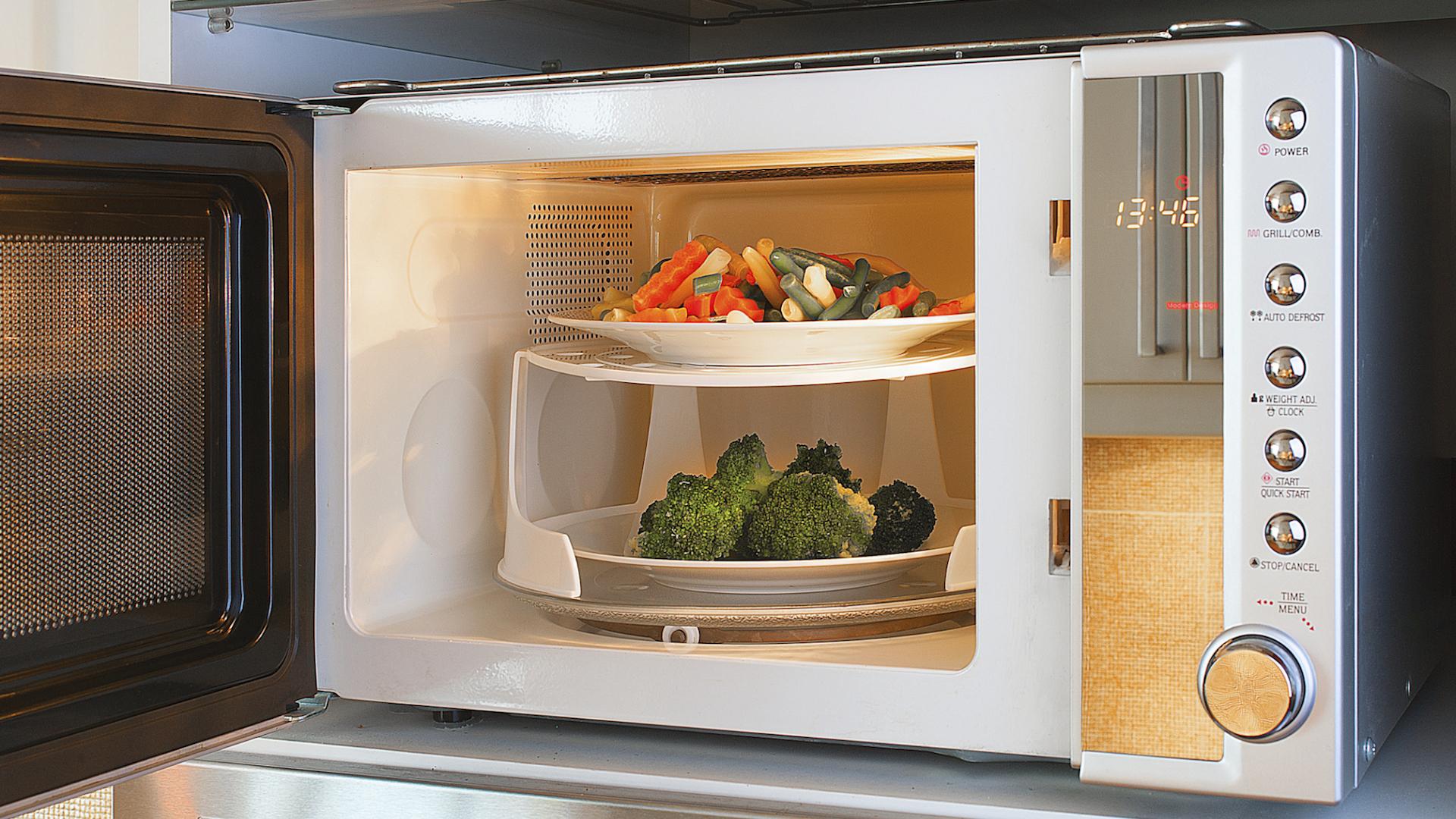
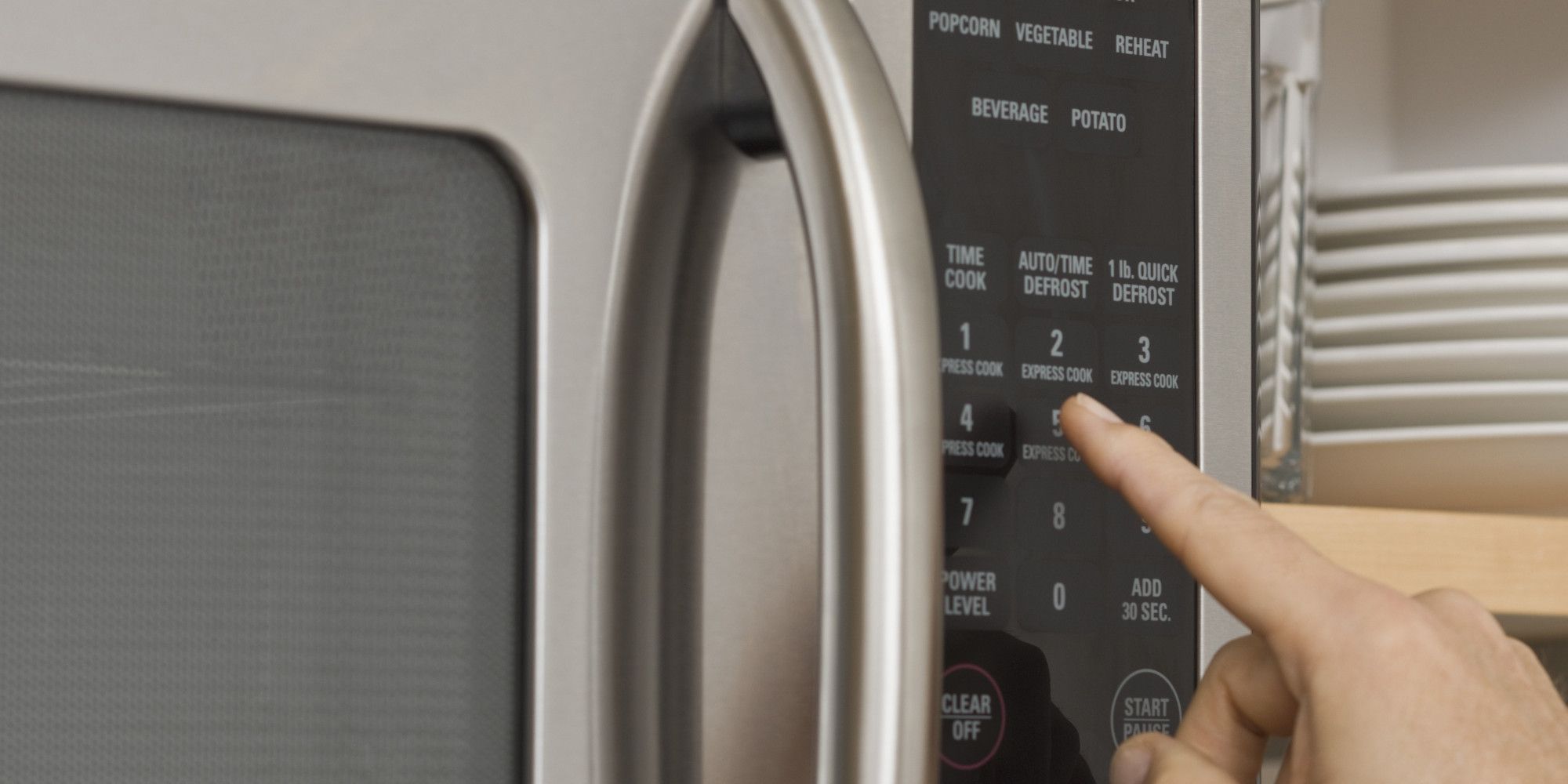
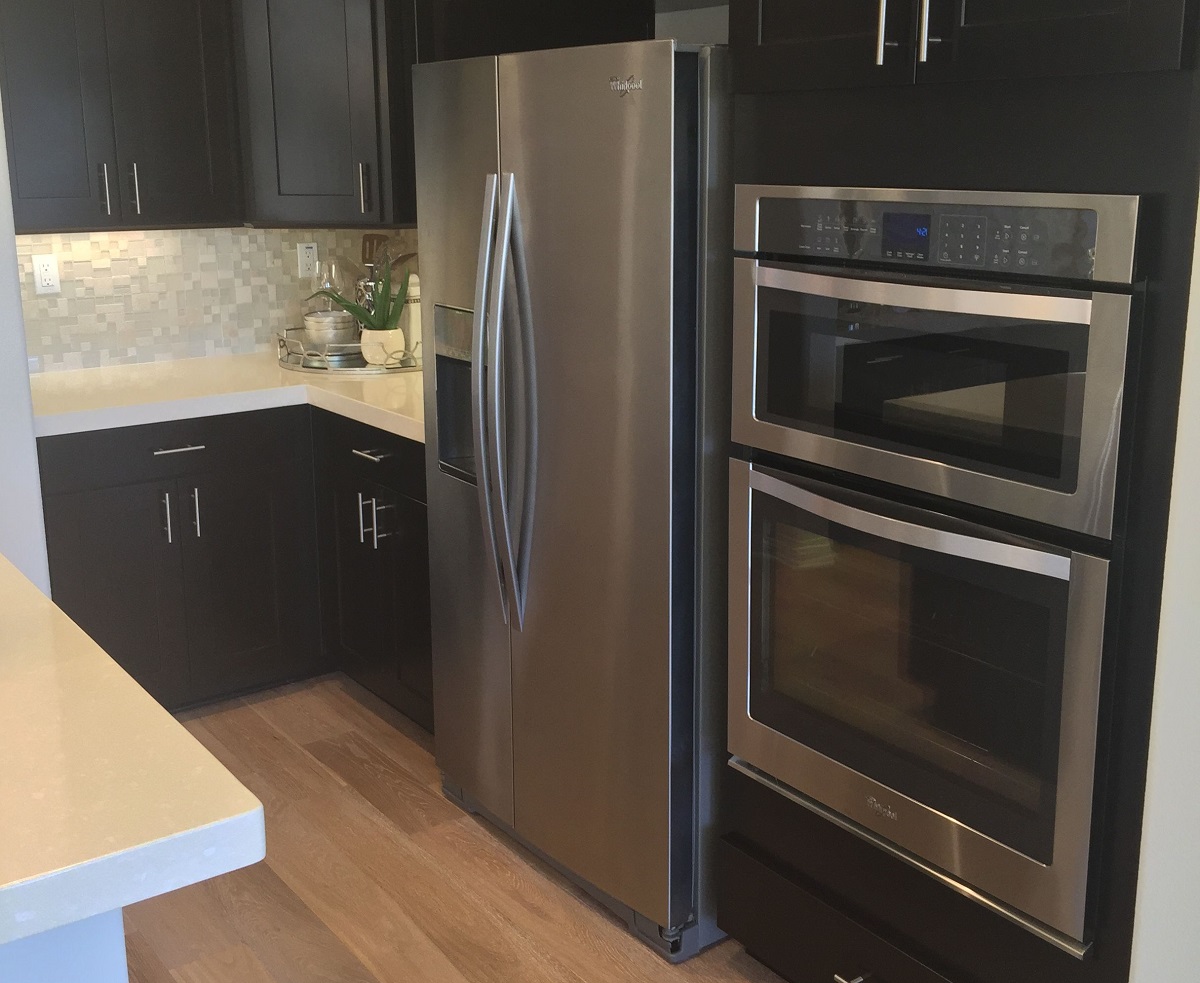
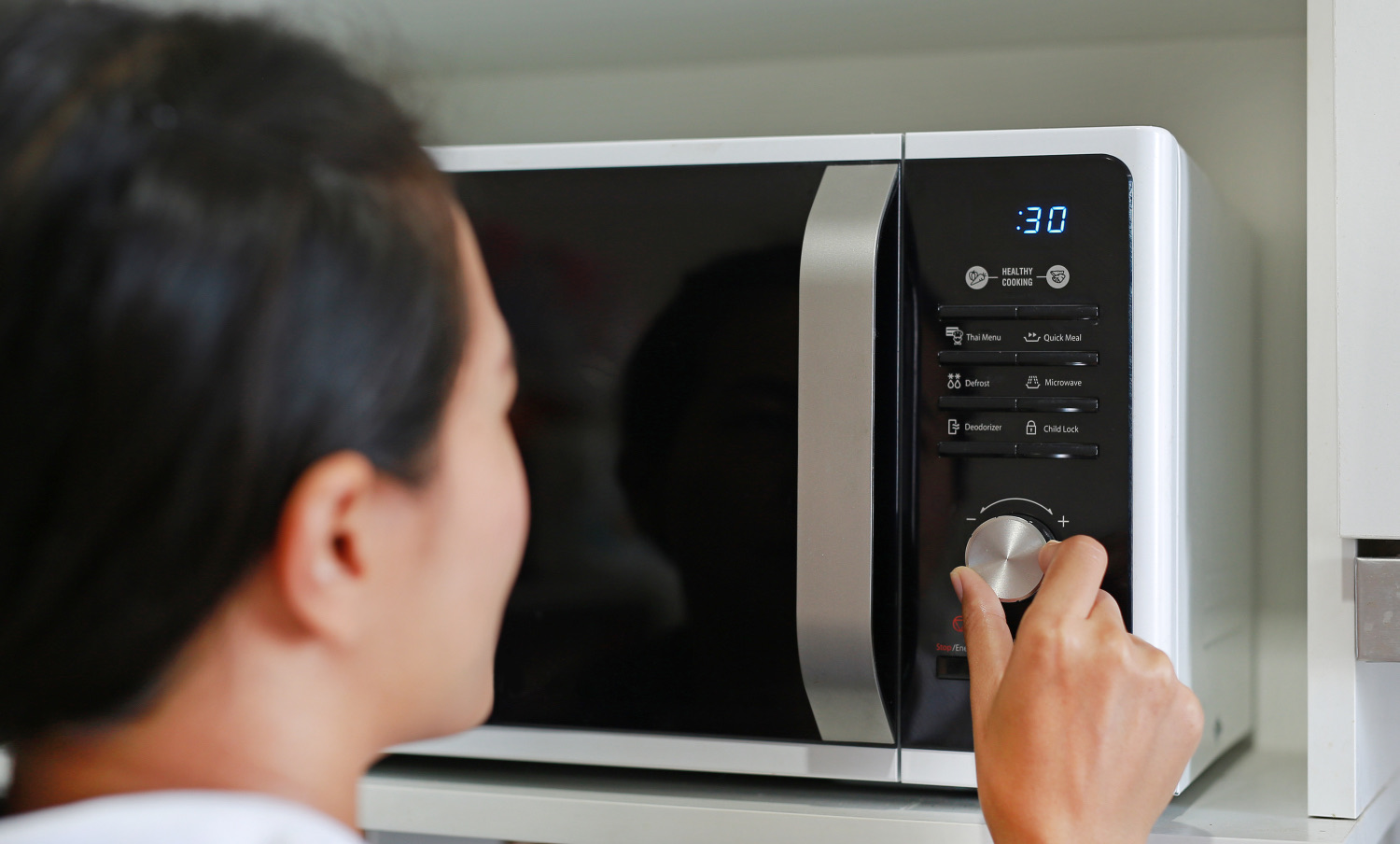
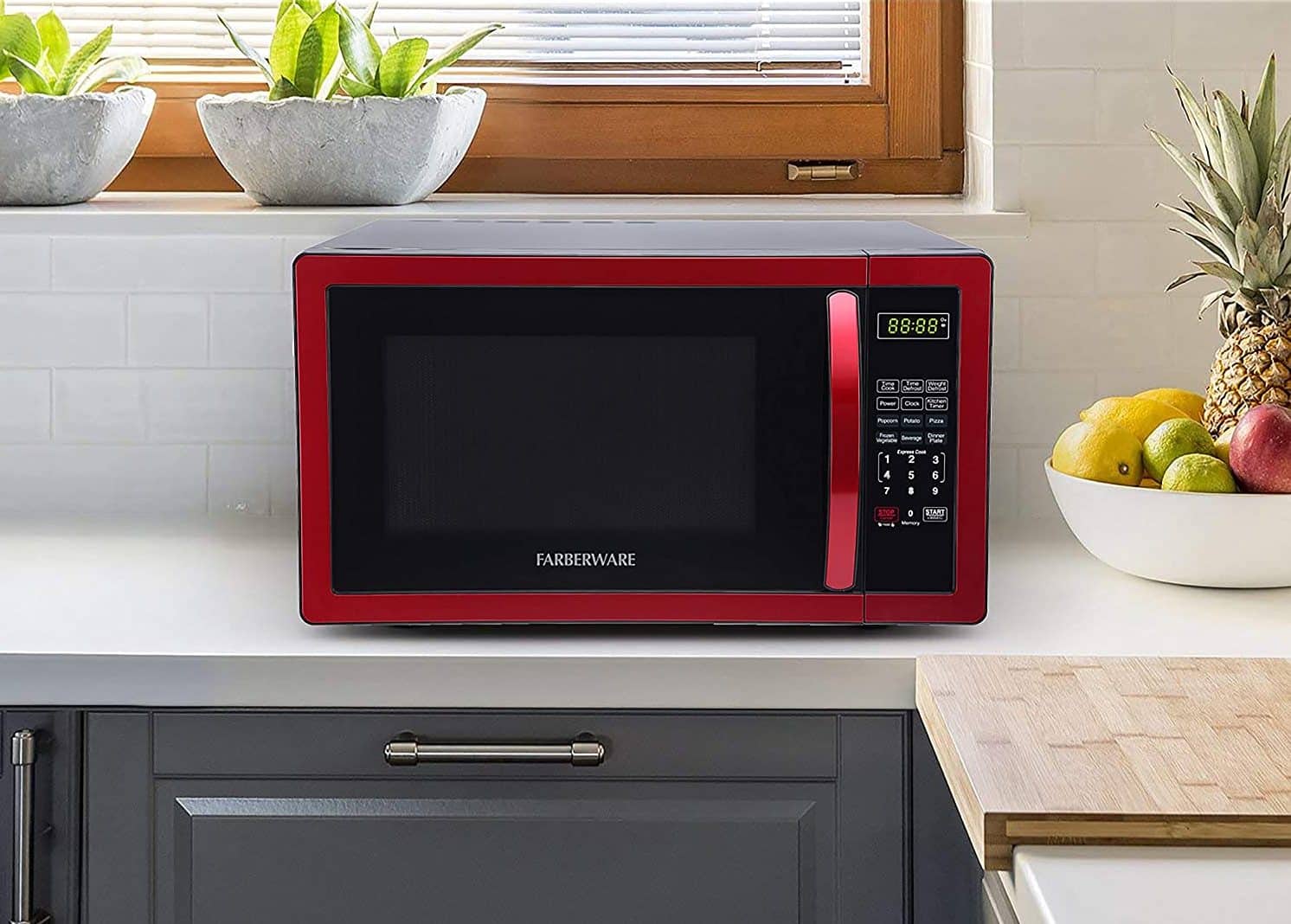
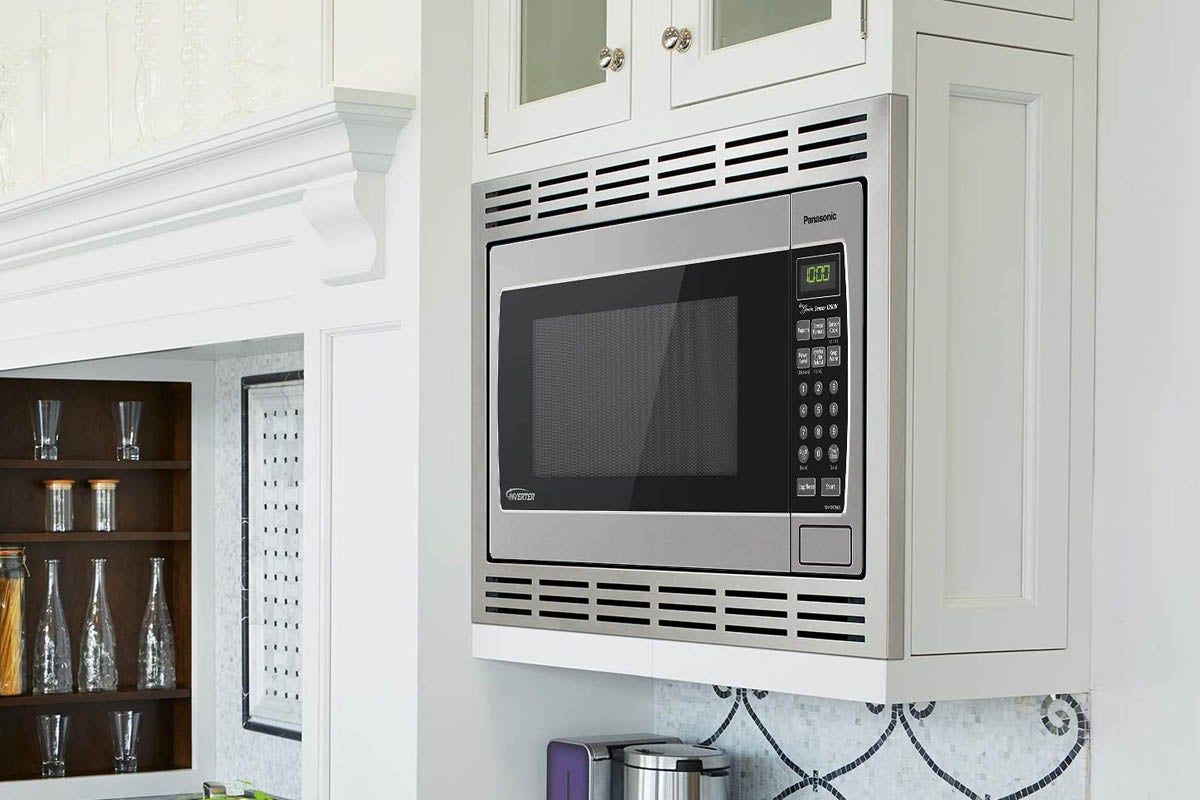
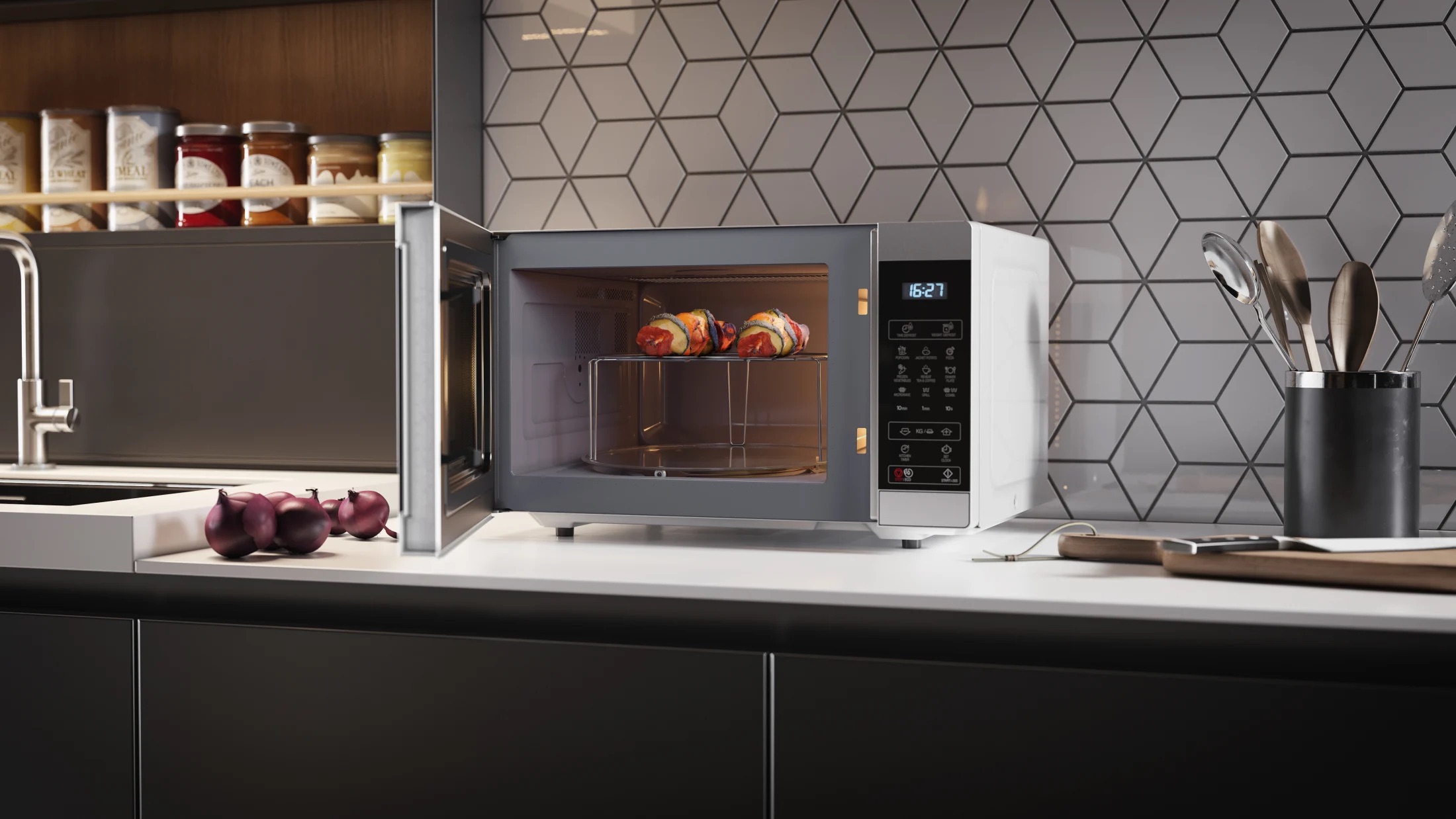
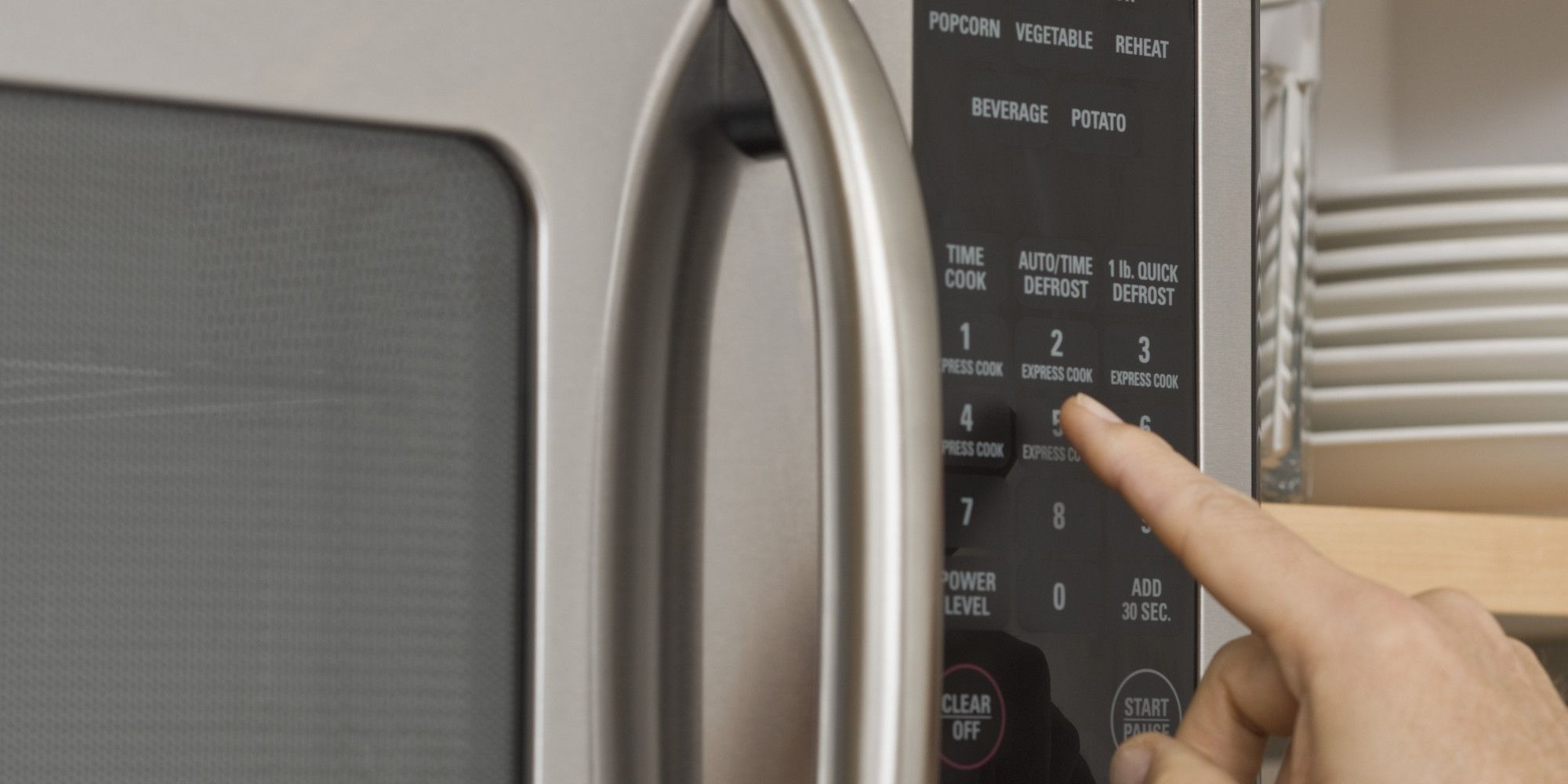
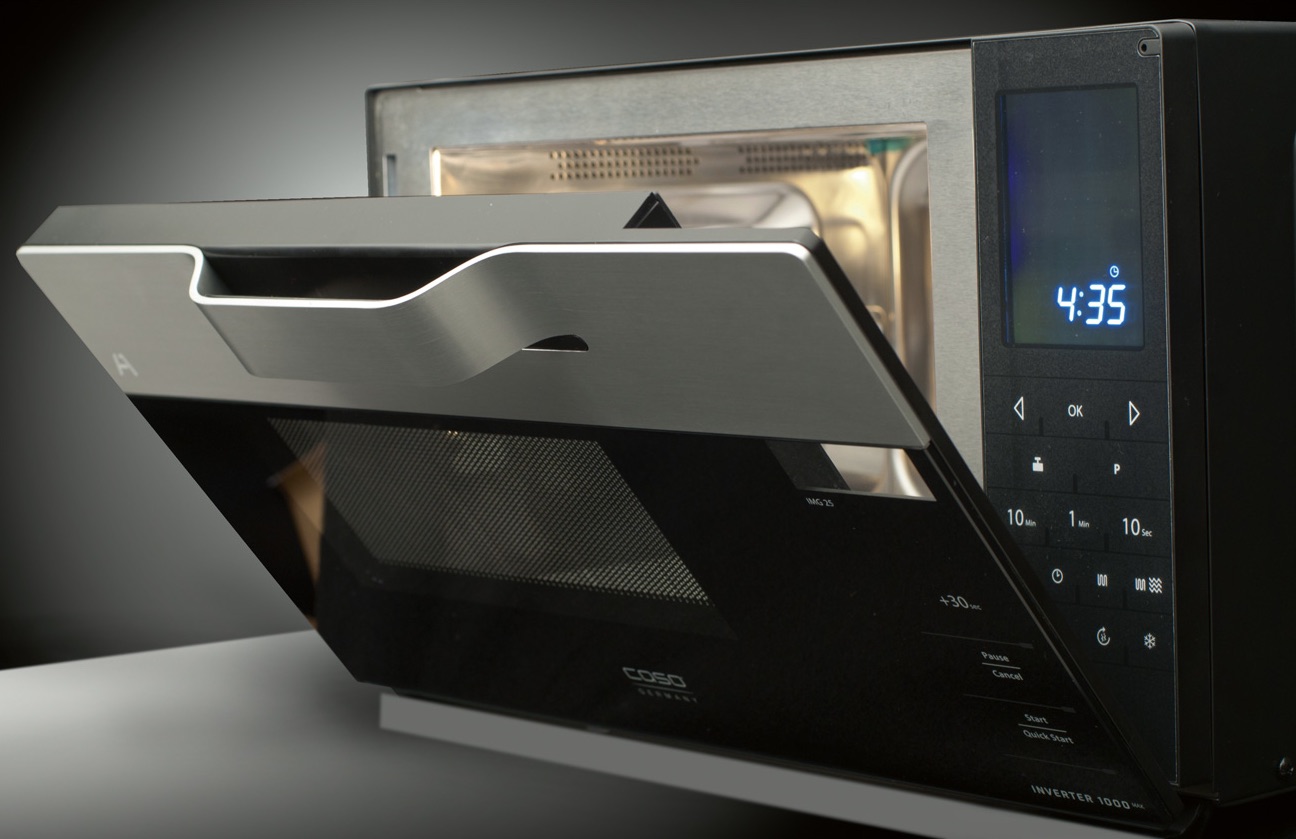
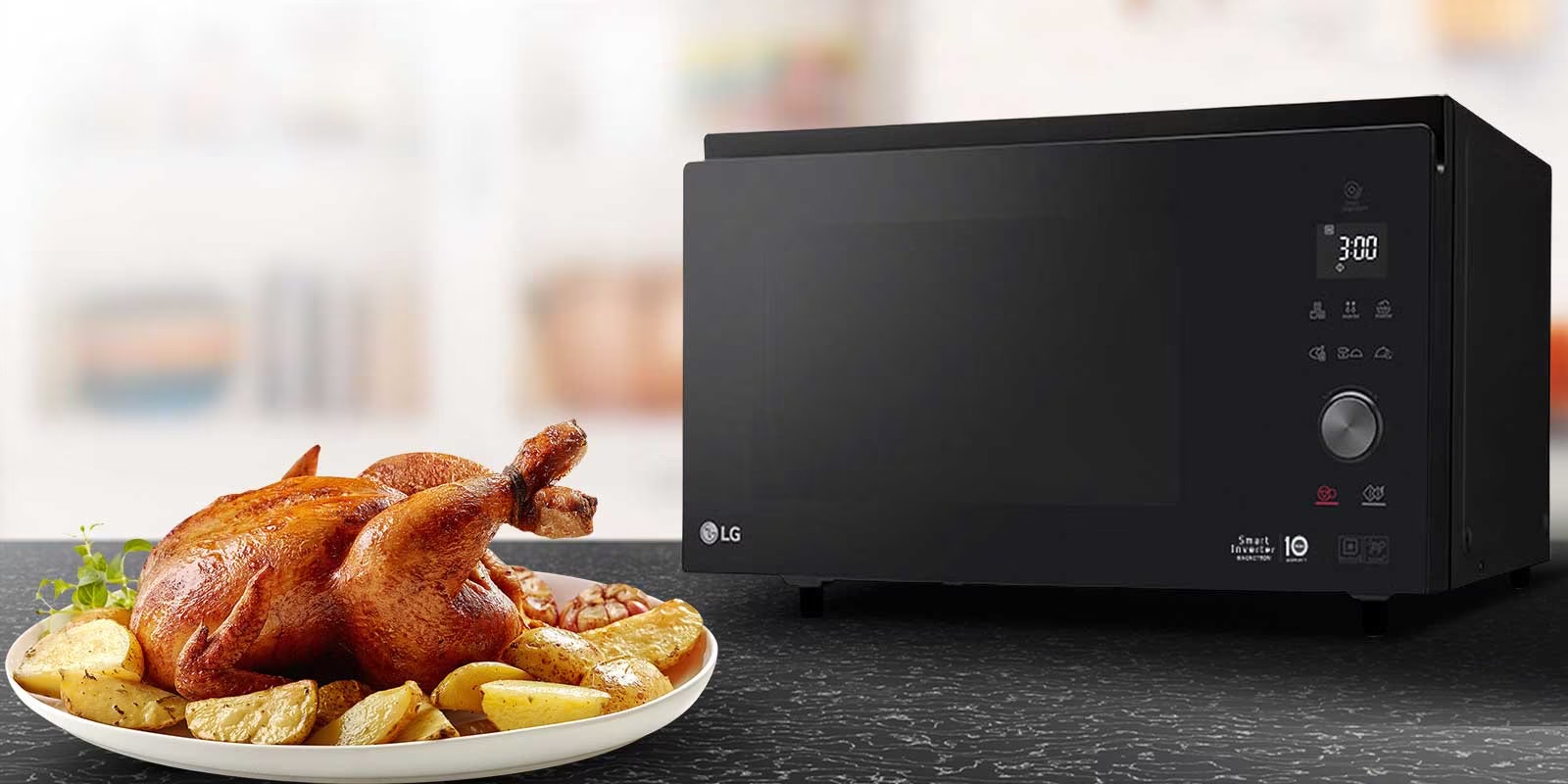
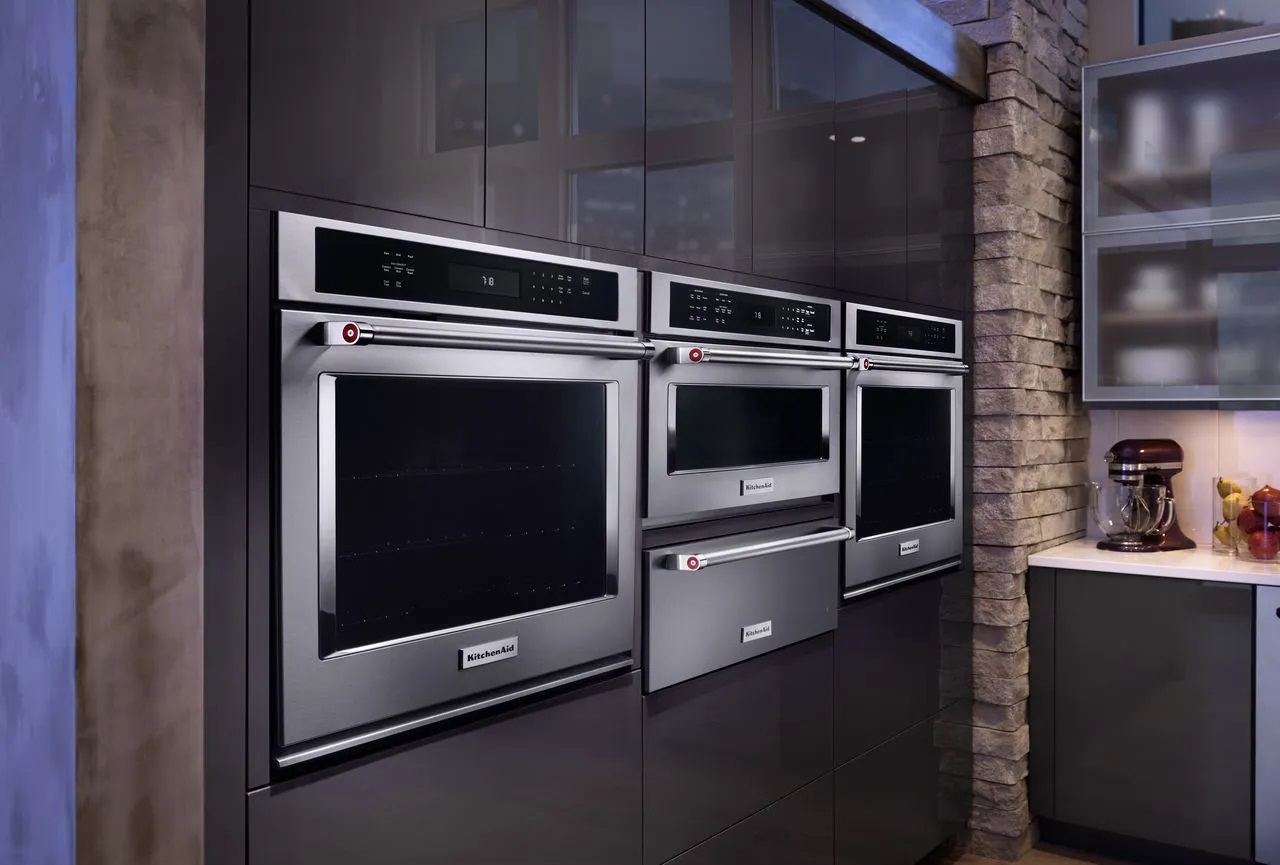
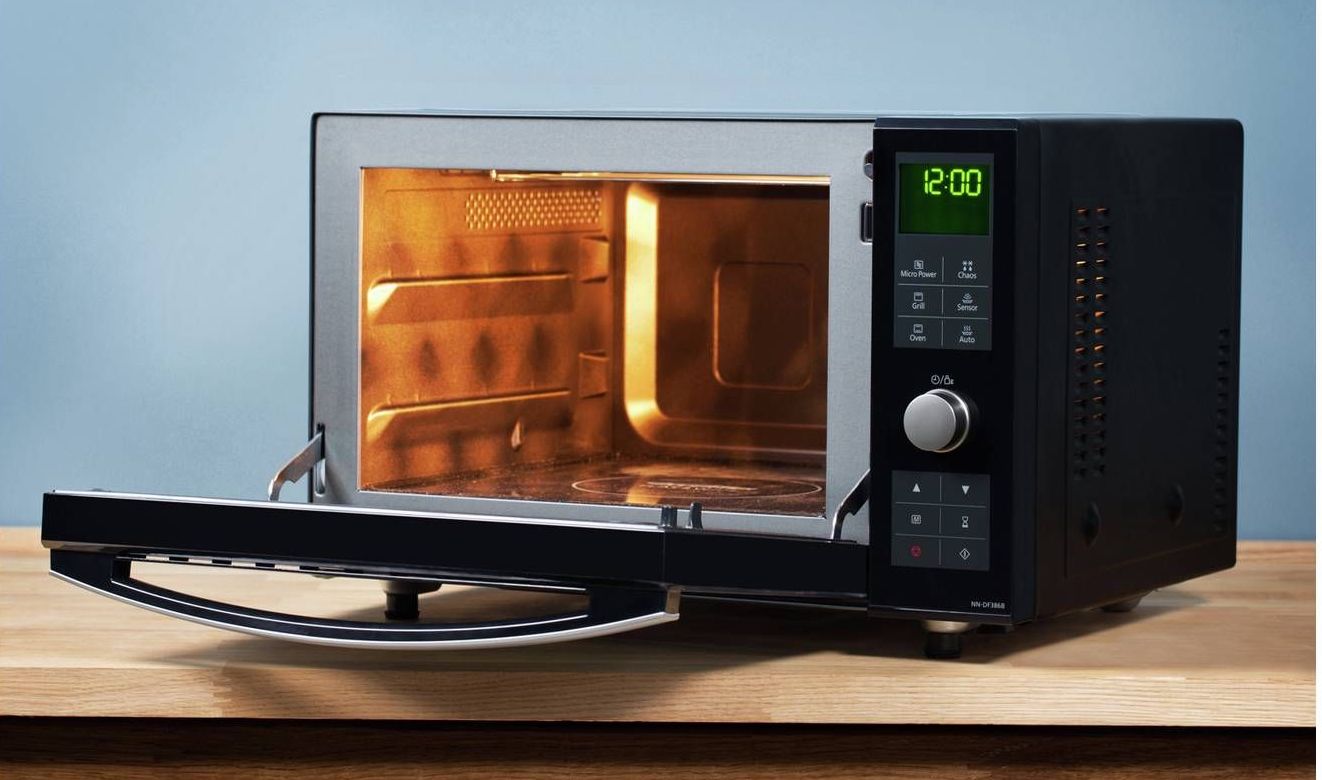
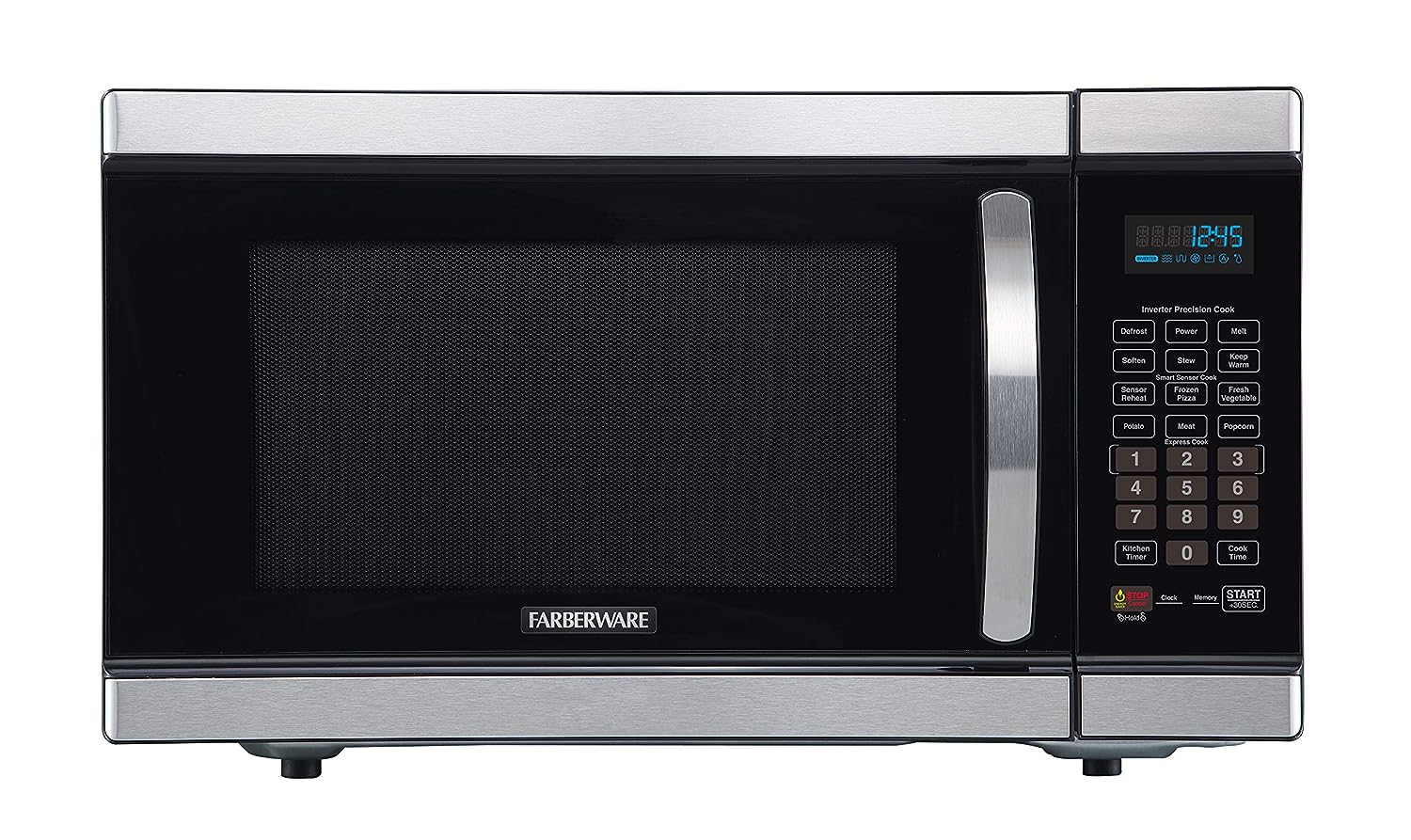

0 thoughts on “What Is A Combination Microwave Oven”